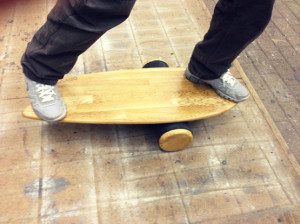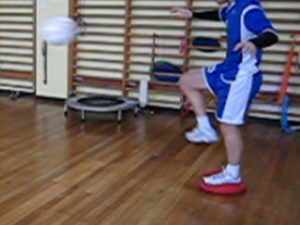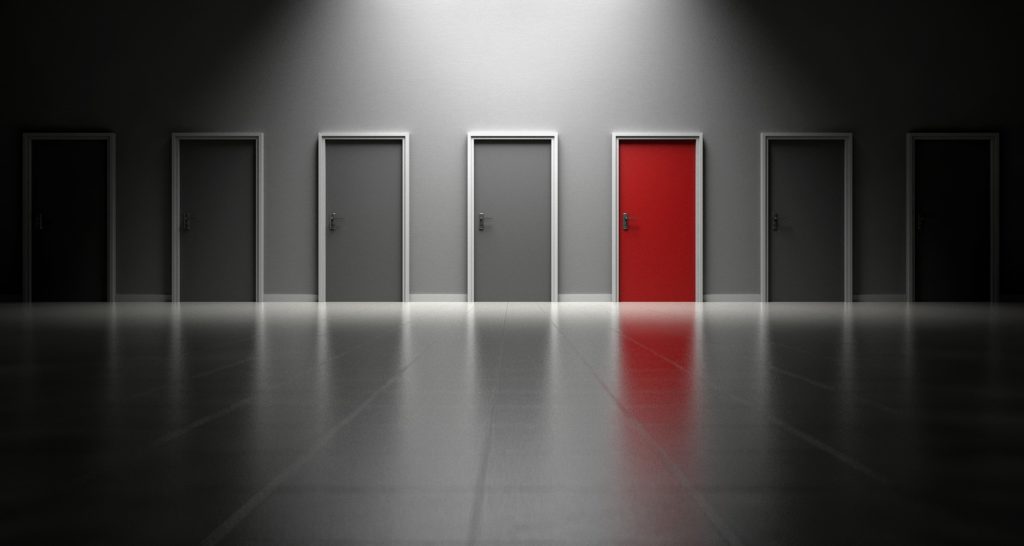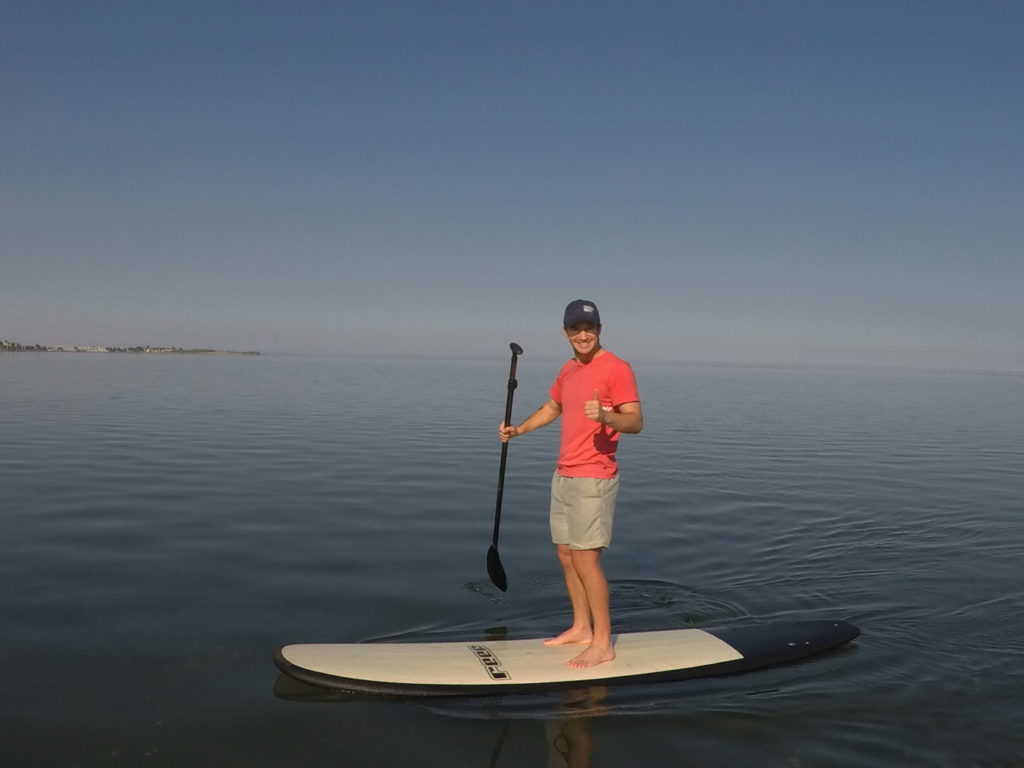Neuromuscular Training; Part 2
Okay, so last time here at Get Back To Sport we looked at Neuromuscular Training from a resistance training perspective [see here]. We considered the necessity for a heavy load and concentration on maximal, short, explosive muscle contractions to train speed and quick force generation.
Given that injuries happen exceptionally quickly, these aspects of performance are likely to be more useful to you in the prevention of injury compared to how strong you are.
There’s another type of exercise that is categorised as Neuromuscular Training. This type of exercise involves challenging balance activities and is also referred to as Proprioception Training.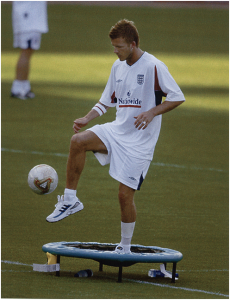
What is Proprioception?
Proprioception training, balance-board training, wobble-board training are all commonly used terms to describe exercises that train (sorry for the jargon) sensori-motor system. The exercises must involve a challenge to balance. For example you stand on a wobbly surface and your foot tilts forward. This change in position is detected receptors in your joint, muscle ligaments and tendons and this information is sent up to the central nervous system – this is the ‘sensori’ bit.
What you need to do then is contract your muscles in the right way to make a correction and keep your balance – this is the ‘motor’ response. All of this happens very quickly. If there’s a delay, or the wrong information is sent, if it’s interpreted incorrectly or the wrong response is elicited, well you might be at risk of injury.
Does Proprioception Training Work?
Proprioception-type training has shown to be effective in reducing the incidence of ACL injuries in particular, but often these type of training programmes involve lots of other type of exercises too, so it’s difficult to definitively say that the proprioception training alone caused the reduction in injuries.
See here for a couple of review articles on this topic
Is there evidence that proprioception or balance training can reduce ACL injuries?
Preventing ACL injuries in team-sport athletes: a systematic review of training interventions
How Do I do It?
All sorts of activities can be used to train your proprioception/sensori-motor performance/balance. Some people seem to have a natural balance ability, whereas others struggle to stand on 1 leg for 10 seconds. A simple starting exercise would be to stand on 1-leg and here’s how you’d progress it
- Balance on 1-leg for 30 seconds
- Balance on 1-leg eyes closed for 30 seconds (can you do it?)
- Balance on 1-leg and throw and catch a ball against a wall for 30 seconds
- Balance on 1-leg and throw and catch a ball against a wall whilst standing on a cushion for 30 seconds
Get the idea?
Obviously there are many different exercises, lots of equipment that you can buy and sports-specific drills that can help you. Be creative and give it a go.
